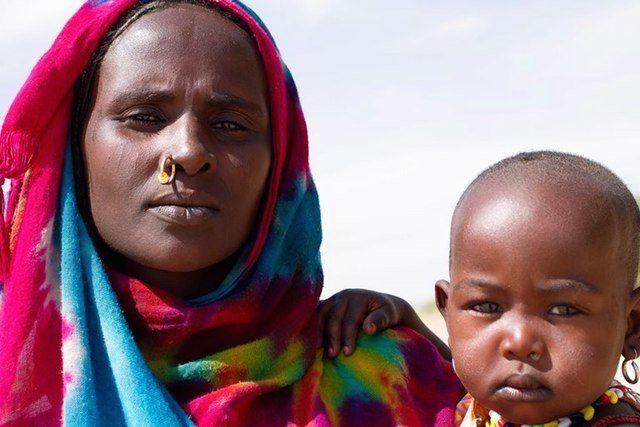
Hundreds of thousands of families fleeing Boko Haram are now stranded in a remote and harsh border region, beyond the reach of humanitarian aid. Photojournalist Ashley Hamer documents the challenges facing the displaced who have found themselves in the Lake Chad Basin.
BOL, LAKE CHAD – When Boko Haram militants attacked their village on an island on Lake Chad, 35-year-old Mariam Mustafa and her husband had to find the strength to pile their seven children into a canoe and paddle them toward safety.
Reaching a safe area on the mainland, secured by Chadian forces, was no easy feat. It was December 2015 and the family had escaped with no belongings. When they arrived at a displacement site near Bol, capital of the Lac region, they had to build their own shelter.
High up on the northernmost tip of Lake Chad, close to the Niger border, families continue to flee attacks by Boko Haram, as well as military offensives by a regional task force trying to defeat them.
Since the insurgency spilled out from northern Nigeria into neighboring countries, it has wrought extraordinary suffering on this border region.
Some 2.6 million people have been displaced in the remote area that straddles the borders of four African countries – Nigeria, Chad, Niger and Cameroon. A million more are thought to be cut off from humanitarian aid.
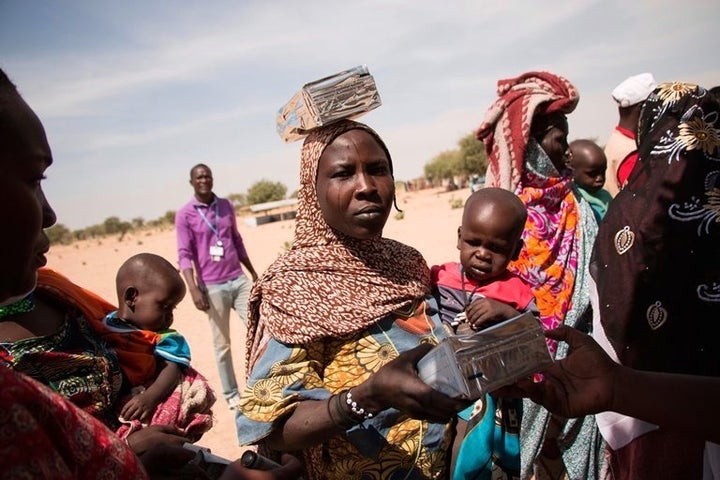
This vast territory, known as the Lake Chad Basin, is an impenetrable swampland on the fringes of the Sahara at the meeting of the four borders.
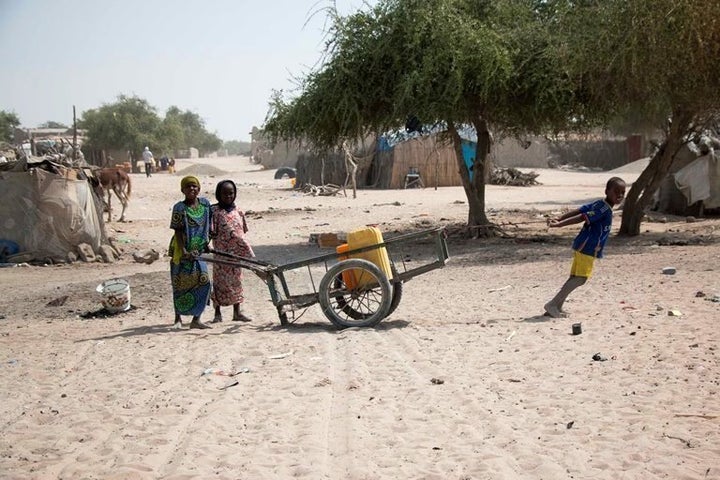
An estimated 21 million people live in areas affected by Boko Haram violence across the Lake Chad Basin. Many of these remote areas are often beyond the reach of humanitarian aid due to restricted access, militarization and security risks.
“Access for humanitarian aid is extremely difficult. There are hundreds of islands on Lake Chad where people are hiding and insecurity remains high,” said Issa Sanogo, deputy country director for the World Food Programme in Chad.
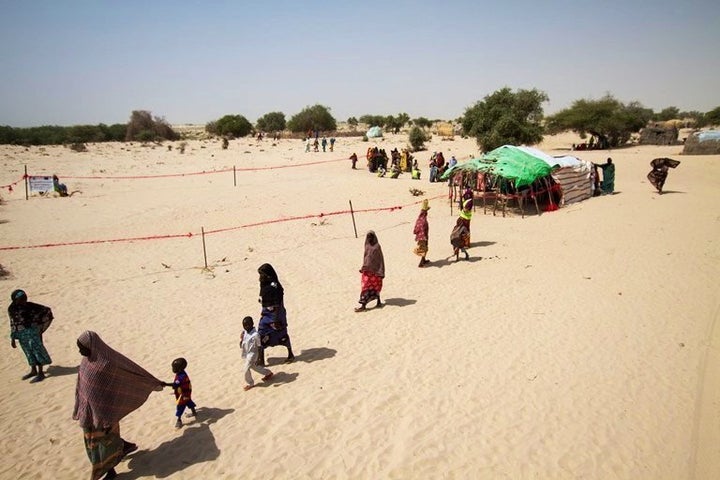
The land around what remains of Lake Chad has been reduced to parched savannah and blistering sand. There are no paved roads, and access to the region for humanitarian groups opened up just this year.
Settlements for the displaced are scattered around the lake and along the border with Niger. One of the camps, called Dar es Salaam, is about 7.5miles (12km) outside the town of Baga Sola and accommodates approximately 6,500 refugees from Nigeria and Niger. It is part of an area that is considered a “red zone,” where aid groups must travel with armed escorts.

Chad, a leading contributor of military forces in the fight against the Boko Haram insurgency, has managed to secure its shoreline.
Yet, Sanogo said, “Chad is extremely vulnerable and at 360 degrees surrounded by crisis – Libya, Sudan, Central African Republic and Boko Haram. We cannot allow the situation to get worse.”

Seventy percent of those displaced by Boko Haram and seeking aid in Chad’s Lac region are women and children. Haje Fanta, 28, is among them. She was separated from her husband and two of her children during their escape from Niger. She is caring for her two other children alone and hasn’t heard from her husband in more than five months. The cash handouts she receives are just sufficient to buy food for her children for 20 days per month. She has to beg or borrow to cover the remaining days, or go hungry.
Displaced families receive cash handouts of 6,000 Central African francs (approximately $10) per person, per month, for all their needs – from food and clothing to shelter and medicine.
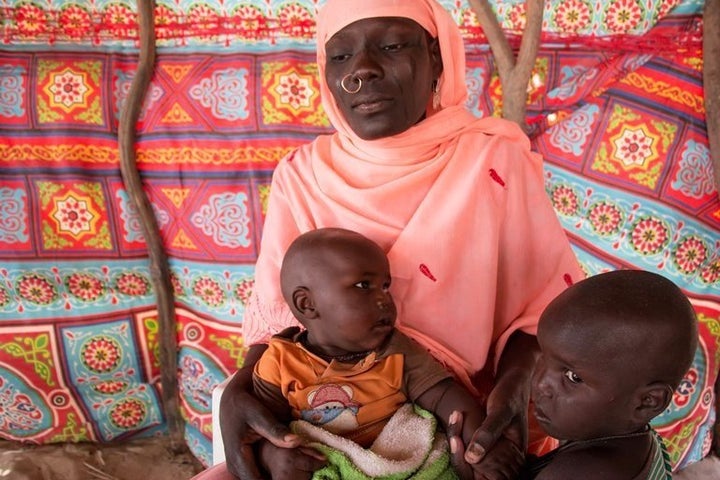
The emergency has been underreported due to difficulty accessing the area, while aid groups lack sufficient funds to assist civilians.

Meanwhile, a spiraling economic crisis brought on by crashing oil prices in 2015 is crippling the Chadian government’s ability to respond to the refugee crisis. Trade union activists claim that the dwindling resources in the country are being channeled mainly into the armed forces.

As supplies dwindle and malnutrition rates among young children rise, the World Food Programme and other aid agencies are worried about providing the basics for civilians who are indefinitely stranded in this no-man’s land.
This article originally appeared on Refugees Deeply. For weekly updates and analysis about refugee issues, you can sign up to the Refugees Deeply email list.